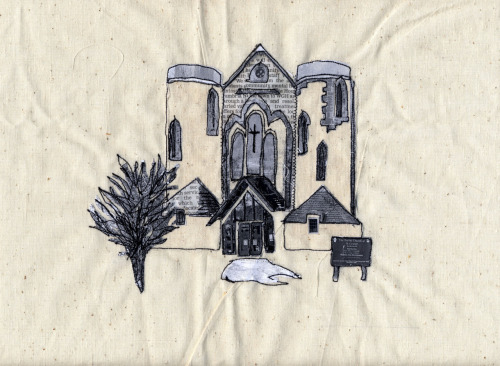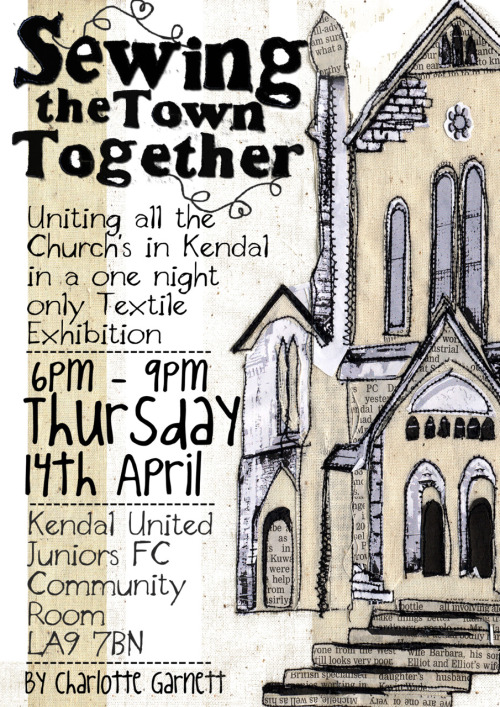When I was a child I was told about the village of Mardale in the Lake District, which was drowned under Haweswater Reservoir in 1935. I was recently reminded about the site and I decided to do a little bit of research into what actually happened to Mardale and its residents.
 |
| Mardale Shepherd's Meet in 1908 |
Mardale was described by Councillor Hinchcliffe of Manchester in 1921 as "The most primitive and secluded dale, the most charming and restful to be found in all Lakeland" (Berry 1984: 9). The village was located in an unspoilt area of the Lake District and contained houses and farms, a pub, a school, and a church. Mardale also hosted the famous autumnal 'Shepherd's Meet' when local shepherds came together with stray sheep from the fells, hoping to find their rightful owners after checking their ear tags and wool markings, as each farm had an individual code. At this event, wrestling, horse racing and other sports also took place.
The decision was made in the 1930's to build Haweswater Dam and its associated reservoir to supply the water needs of Manchester. The dam was considered to be an engineering feat of its time, and at its maximum capacity it can hold 18.6 billion gallons of water. Mardale's inhabitants were moved to local villages and measures were taken to remove and preserve some of the village buildings. For example, the Old School, founded in 1713 by Richard Wright, was carefully dismantled and rebuilt on higher ground at the expense of a private donor. However, the majority of the village buildings had a worse fate, being blown up by the Royal Engineers who used them as target practice!
 |
| Holy Trinity Church in 1893 (Francis Frith Coll.) |
The most famous building in the village was the Holy Trinity Church which held 75 people. In spite of much protest, the church was dismantled in 1936 and the stones were used to build a small pier and a tower along the shore of the reservoir. The last service held at the church was ticketed as the congregation far surpassed the capacity of the small church, and the hymns chosen for the service included 'I will life mine eyes unto the hills', 'The Church's One Foundation' and 'Bright Vision that Delighted'. Around 100 coffins were exhumed from the cemetery and reburied just east of Shap Church. Plans to build another church on higher ground never materialised.
Although the village was completely submerged by the reservoir in the 1930's, when a severe drought occurs the level of the reservoir can be drawn down to such an extent that it is possible to visit the ghostly remains of Mardale, including brick buildings and the village bridge. This happened in July 1984, 2003 and July 2010, and it could well happen again should the region suffer a similar drought in the future. The memory of the village lives on in the Mardale Times, a satirical newspaper about global warming, and a novel entitled Haweswater set at the time of the dam's construction.
Berry (1984: 9) stated after his visit in 1984 that "There is a strange fascination in the re-emergence of a drowned village and as soon as this happened in Mardale the valley became a place of pilgrimage". I would be very interested to hear if anyone has visited the site during a time of drought, as I am yet to have the privilege.
Reference Cited: Berry, G. (1984) The Story of Haweswater: Mardale Revisited, Kendal: Westmorland Gazette.



